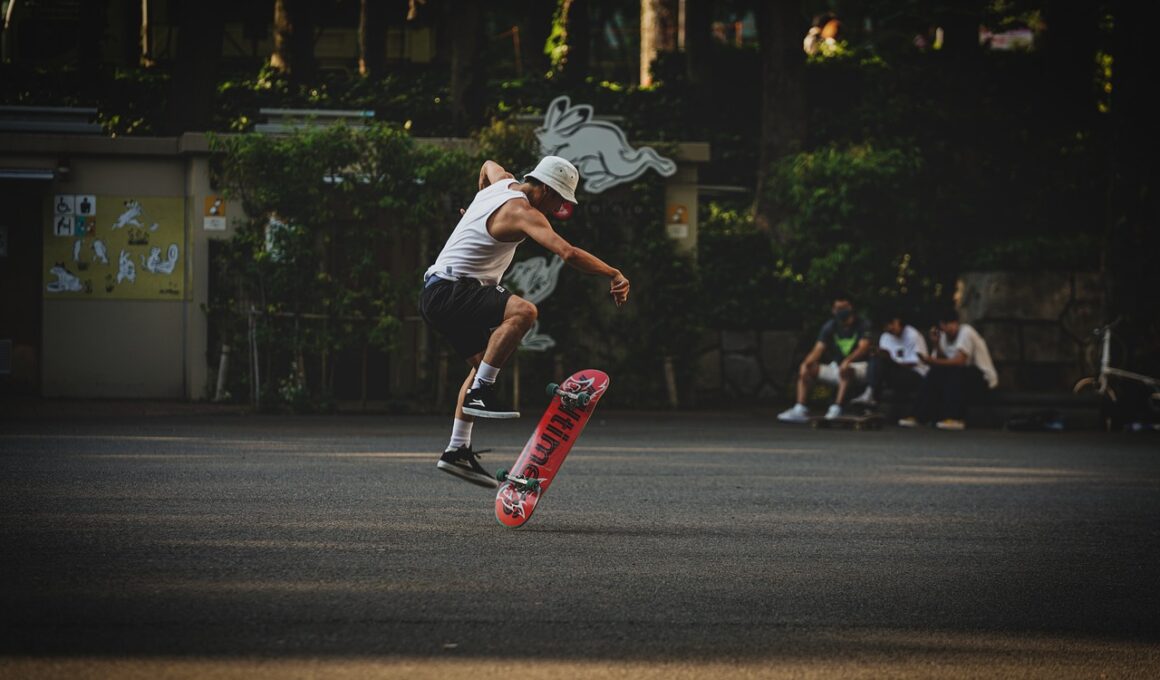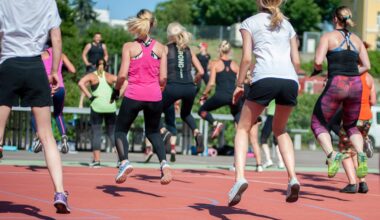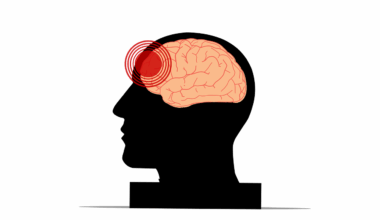Beginner’s Guide to Skateboard Kickturns on Flatground
Are you ready to master the skateboard kickturn? This maneuver is essential for navigating your board with agility and style. A kickturn allows you to pivot on the tail of your skateboard, enabling a quick change of direction while maintaining momentum. Perfect for beginners, the kickturn develops balance, coordination, and control. Start with a proper stance—feet shoulder-width apart, with your back foot on the tail and front foot near the middle of the board. Practice pushing off and rolling slowly to get comfortable with the movement. This technique is ideal for getting around obstacles or adjusting your position on flat ground. With practice, you can perform kickturns confidently on any surface. Be patient and focus on smooth, controlled motions. Remember, practice makes perfect! Soon enough, you’ll be impressing your friends with your skills. Keep your knees slightly bent and your weight centered. Visualize the turn beforehand; this mental rehearsal will aid execution. When you’re ready, combine the kickturn with other maneuvers for a seamless flow. Take it step by step, and before long, you’ll be executing kickturns like a pro.
Understanding the Mechanics of Kickturns
The kickturn’s foundation lies in weight distribution and balance. To execute a successful kickturn, it’s crucial to understand how your body mechanics work. Start by shifting your weight onto your back foot. This action compresses the tail of your skateboard, giving it the ability to pivot. As you turn, push down hard enough to lift the front wheels off the ground, allowing them to swing around. Your front foot should act as a guide, steering the board in the direction you want to go. Look in the direction of your turn, as this helps in balancing your body. The role of your arms is significant; swing them in the direction you’re turning for added momentum. Avoid leaning too far back, which can cause you to lose control and potentially fall. Keep practicing this body shift until it becomes second nature. Find a comfortable pace while rolling; too fast can lead to mistakes. Ideally, perform practice runs without speed initially, focusing solely on the technique until you build confidence. Before long, you’ll see noticeable improvement in your kickturn ability and overall skating. Practice leads to progress!
When practicing kickturns, choose a flat, smooth surface free of obstacles. Ensuring safety while you learn is paramount. It’s advisable to wear protective gear including a helmet, knee pads, and elbow pads. Stability is key, so feel free to use a wall or railing for support as you learn the turn. Pay attention to your surroundings and avoid crowded areas when practicing, as this will minimize distractions and hazards. You can also practice this movement while stationary. Find a spot to stand still on your skateboard, then focus solely on the pivot motion without rolling. This technique allows you to isolate the mechanics of the kickturn. Start with small movements and gradually increase the size of your turns as you become more comfortable. If you feel unsteady, try practicing more frequently until you feel ready to incorporate kickturns into your rolling. Being persistent is vital—don’t get discouraged if you find it tricky at first. Many skateboarders experience challenges during the early stages of learning this move. Keep refining your technique, and soon you’ll be gliding smoothly around corners with confidence.
Common Mistakes to Avoid
As with any skill, understanding common mistakes can significantly enhance your learning process. One frequent error is failing to shift your weight correctly. This mistake can result in an unbalanced turn, making it difficult to pivot effectively. Ensure your back foot is firmly planted on the tail while your front foot guides the direction of the turn. Another mistake happens when skaters over-rotate their shoulders. This can throw off your balance and lead to falls. Instead, focus on keeping your shoulders square and aligned with your hips. Additionally, many beginners tend to look down at their board instead of the direction they are turning. This can impair balance and speed; always look where you want to go. Avoiding these mistakes will enhance your performance. It’s also essential to practice consistently without doubt. Consider filming your practice sessions to analyze your technique and identify areas of improvement. This self-review can accelerate your learning and build your kickturn skills faster. Keeping these common pitfalls in mind as you practice will shorten your learning curve while increasing your confidence while performing kickturns on your skateboard.
Incorporating kickturns into your skating routine can revolutionize your skateboarding experience. Once you feel confident in executing kickturns, think about how they can blend seamlessly with other maneuvers. Combine them with tricks and slides to create a fluid skateboarding style that reflects your creativity. When rolling downhill or navigating through crowds, kickturns become essential for maneuvering effectively. Being able to pivot will enhance your surfing ability on your skateboard, allowing for smooth directional changes without coming to a stop. As you become more proficient, consider practicing kickturns on ramps and transitions to further develop your skills. This will allow you to explore variations of the kickturn in different environments, helping you learn adaptability as a skater. You may challenge yourself with faster rolling speeds or incorporate tricks before or after executing a kickturn. Additionally, connecting your kickturns with ollies or other tricks opens new dimensions for your skating style. Don’t forget to find your unique flair and personal expression as you explore linked maneuvers. This journey will not only enhance your skills but also deepen your personal connection with skateboarding.
Conclusion and Continued Progression
In conclusion, mastering kickturns is an important stepping stone in your skateboarding journey. This maneuver builds critical foundational skills such as balance, control, and agility. As you progress, continue practicing regularly, pushing your limits to create smoother kickturns. Patience is a must; it’s normal to encounter challenges while learning. Remember that success comes from consistent practice and a growth mindset. Seek feedback from more experienced skaters or watch tutorials online for additional tips and inspiration. Engaging with the skateboarding community can offer motivation and constructive criticism. Incorporating kickturns into your skating offers not just technical skill, but also the essence of skating—freedom, creativity, and style. Keep setting short-term goals that facilitate your growth, like tackling new environments or conditions for your kickturns. Celebrate your successes, no matter how small, and use them as motivation. Learning kickturns provides an excellent pathway to explore other tricks and styles in skateboarding. Stay committed to refining your skills and embracing new challenges. With time and effort, you will transcend beyond the basics and unlock your potential on the skateboard.
We hope this guide has provided valuable insights into mastering the kickturn on flat ground. Take these principles and practice regularly to build confidence and technique. Always remember that every skater started as a beginner, and growth comes with dedication. With the right mindset and perseverance, you’ll become proficient in kickturns and enjoy your skateboarding journey. Consider documenting your progress through videos or journals. This reflection can help you appreciate advancements and motivate continued improvement. You’re not only learning a trick; you’re participating in an expressive, artistic sport filled with camaraderie and community. Skateboarding offers endless opportunities for exploration, creativity, and connection with others. Continue pushing yourself to try new techniques, challenges, and nearby skate parks. Skateboarding is an evolving journey that changes alongside your skills. Strive to learn from each experience, and enjoy the ride along the way. As you plateau, don’t feel discouraged; every skater goes through improvements and set-backs. Embrace the process, allow yourself to enjoy the experience, and keep the passion alive. The more you practice, the more your kickturn skills will enhance, elevating your overall experience on your skateboard.
Get Involved in the Skateboarding Community
Finally, consider getting involved in your local skateboarding community. Connecting with other skaters can provide great opportunities for knowledge sharing, feedback, and camaraderie. Attend local skate parks, workshops, and events to meet fellow enthusiasts and experienced skaters. They can offer insights, tips, and constructive feedback to help you improve your skills. Joining local skateboarding groups or clubs can keep you motivated to practice and progress together. As you grow in your skateboarding journey, don’t hesitate to share your own experiences and help others who are just starting. Mentorship creates a positive cycle within the community while enhancing the overall culture of skateboarding. Community involvement brings joy, friendship, and a deepening appreciation for the sport. As you engage with others, you’ll find that skateboarding transcends mere trick execution; it’s also about connection and shared passion. Remember to keep open communication while learning and be receptive to feedback. Most importantly, enjoy every moment spent on your skateboard while cherishing the shared experience. Skateboarding isn’t just a sport; it’s a lifestyle that fosters creativity, community, and fun.


